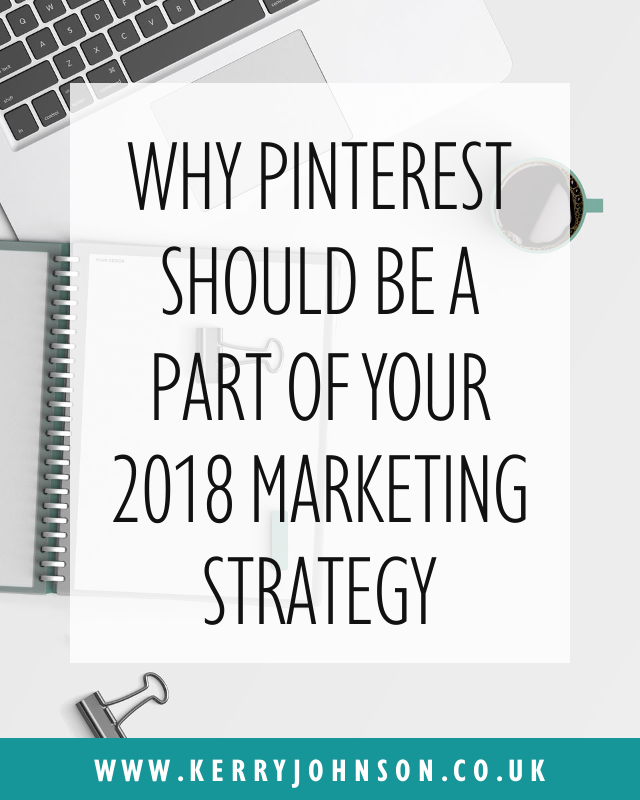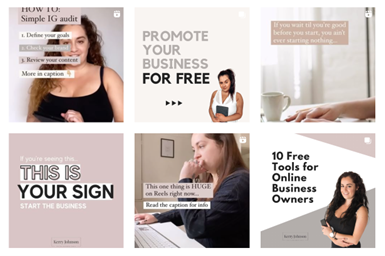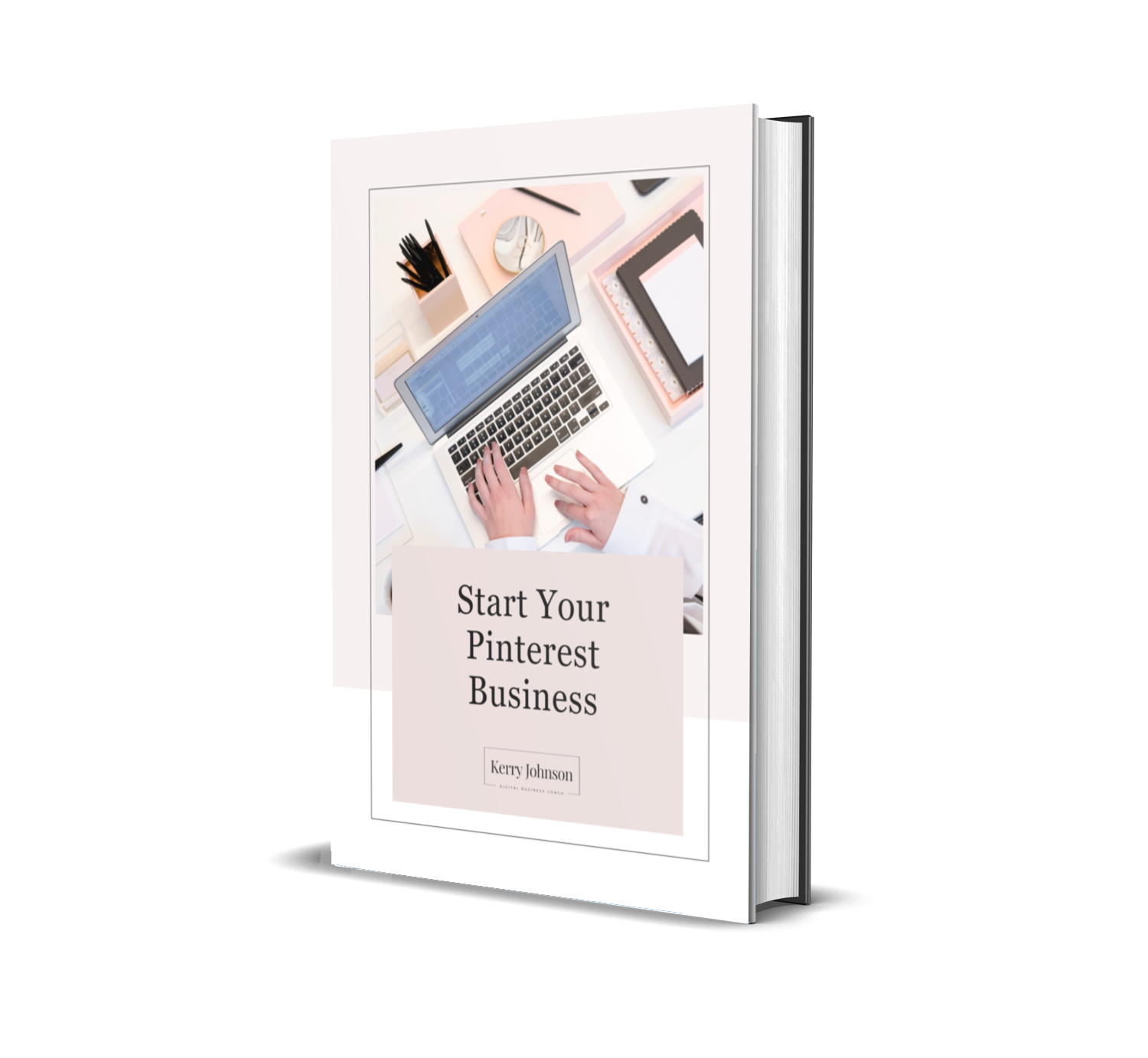I’ve spoken many times about Pinterest marketing, and how powerful it can be when implemented correctly into your strategy. Currently, around 60% of my traffic comes from Pinterest and, surprisingly, this doesn’t take up a huge amount of my time.

Did you know that 87% of active Pinners have purchased a product just because of Pinterest? This percentage is huge, especially when compared with other platforms.
But simply Pinning a collection of fancy wedding cakes, or pretty interior design, just won’t cut it. If you really want to succeed with Pinterest marketing, you’re going to need a solid foundation and a clear strategy.
How Does Pinterest Actually Work?
The first thing you need to know is that Pinterest is not a social media platform. In fact, it is a visual content discovery engine. Instead of grouping it with Facebook or Instagram, you should think Google or Yahoo. The only difference is, instead of search engine crawlers finding the content, it is added by its users.
Users save collections of related images (Pins) to a Board, which is essentially an album. All of these images link through to content, in the same way that a text link would on Google.
With around 175 million active users, Pinterest represents virtually every demographic, although its audience is primarily female. There are over 75 billion ideas on Pinterest and 72% of Pinners use it to decide what to shop for offline, with 92% of users saying that they use the site to plan for purchases. This means that the majority of people who discover your content are already looking to make a purchase.
So, with all of that in mind, how can we use Pinterest to grow our businesses and, in turn, our income?
Pinterest SEO Basics
As Pinterest is essentially another search engine, you need to be optimising your content in the same way you would for discovery by any other engine. The most important thing to consider is keywords and phrases. To effectively use Pinterest as a marketing tool, you need to be adding content for your target audience, rather than for yourself. What would your ideal client/customer be searching for online?
Setting Up Your Profile
There are two questions you should ask yourself when setting up your Pinterest profile:
1. Does this show what I do?
2. Will the right people be able to find me?
First of all, if you don’t have a Pinterest business account, you should switch to one. Just go to business.pinterest.com and select ‘convert your existing account’. You then need to select your business type and follow the few short steps. A business account changes several things, but the ones you really need to know about for now are analytics and Rich Pins.
Lets start off by adding your profile content. First is your business name. Try to include relevant keywords in your business name, as this is searchable by other users. For example, instead of just using ‘Kerry Johnson’, I use ‘Kerry Johnson | Business & Mindset Coach‘. This allows people searching for these keywords to find my profile and also lets them know, straight away, what I do.

Once you have your business name in place, it’s time to expand on this with your bio. This is your chance to keep people’s attention and compel them to click the follow button. What can you do for your clients? What do you have to offer? Finally, you should enter your website URL and claim your website. This allows you to see analytics for content from your site, and also adds a custom profile image to all content pinned from your URL.
The final step to setting up is creating your Boards. Remember, to effectively use Pinterest as a marketing tool, you should be adding content for your target audience, rather than for yourself. If you’re having trouble coming up with Board ideas, write a list. Think of all the things you help your clients with, and the type of content that goes with these things. For example, a business coach might include things such as Marketing Strategy and Lead Generation, whereas a Salon owner might feature Hair Care or Makeup Tutorials. When naming your Boards, you should use descriptive words and phrases, for example, ‘Low Calorie Meal Plans’ would be better than ‘Yummy Food’. Remember, you want to be optimising your profile to appear in users’ search results. You should also include a description for each Board, with your keywords and phrases added.
An additional step in setting up your profile is to enable Rich Pins. Rich Pins include additional information to all content added from your domain. There are several types of Rich Pin, including articles, recipes and products.
Setting up, and optimising, your profile is key to getting your content seen. This, in turn, results in higher engagement and more targeted traffic to your website.
Pinning to Your Boards
Your set up is done – now it’s time to strategise. Staying active on Pinterest will help to keep your content in the smart feed, but you should also be looking at quality as much as quantity. Pinning other users’ content is just as important as pinning your own.
There are four factors that determine whether your Pins are shown to other users:
1. Pin Quality – this is determined by the popularity of your Pin. If a lot of people repin your content, or select ‘tried it’, it will be viewed as high quality.
2. Pinner Quality – the estimation of you as a content curator. Stay active on the site and pin popular content to increase this rating.
3. Keyword Usage – as with all search engines, Pinterest finds content based on keywords and phrases – these determine the relevance of your content. You can find popular keywords and phrases using the Pinterest search feature. When you start to type in a search, it will auto-suggest popular phrases.
4. Domain Quality – for Pins from your own website. Pins from your domain are ranked. If they are popular, your site is viewed as being a source of high quality content.
Before you scroll through your feed and pin any old images, check them out. First off, is the Pin image of high quality? It should be vertical and enticing. Second, does it link to an active and relevant website? Finally, is the content itself of high quality? You don’t want to be pinning content that links to error pages, or low quality content.
Remember, the higher you rank in the four factors above, the more your content will be seen = more targeted traffic and higher conversion rates.
Group Boards
Group Boards work in the same way as your normal Boards, except that they have more than one contributor. These provide the opportunity to collaborate with other users, discover new content and have your own shared with a wider audience.
You can start your own by creating a new Board and then clicking on the + next to your avatar, to invite new contributors. To keep your Group Board high in quality, you should be careful about who you add to contribute. These people should primarily pin content that relates to the topic of the board, and their content should be high quality. Ensure that your Group Board stays on topic by regularly reviewing content and removing any irrelevant or dead links.
Joining other people’s Group Boards can really help you to boost your engagement. This usually involves contacting the Board creator. Most Group Boards will have instructions in the description, explaining how to join.
Find relevant Group Boards to join at pingroupie.com
In Conclusion
Pinterest is the main focus for my marketing strategy, and I work closely with a number of clients who are implementing it into their own. The platform can be powerful for both service and product-based businesses, with many users looking to buy.
If you focus on consistently adding high quality, optimised content, you can grow your account to generate consistent leads for your business, without spending any money.
If you don’t have the time to work consistently on your account, I offer an affordable Pinterest VA service, that focuses on account growth, developing brand awareness and lead generation.



